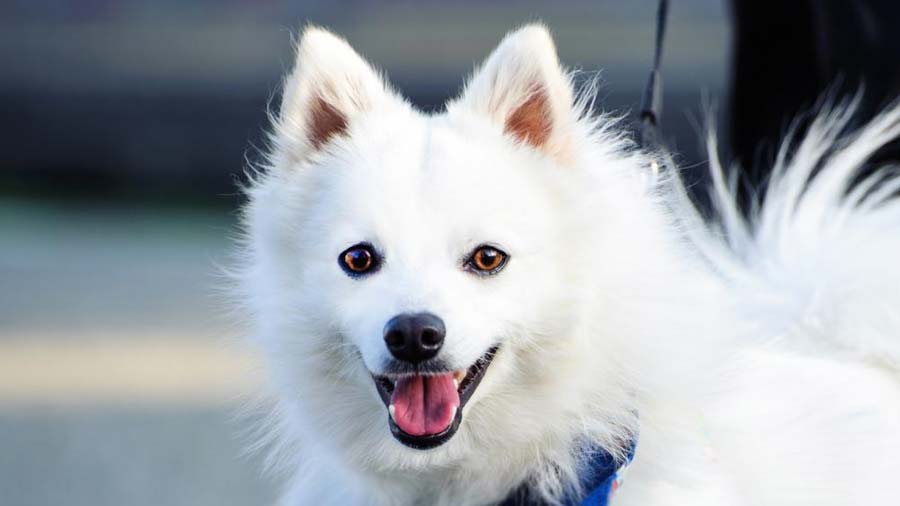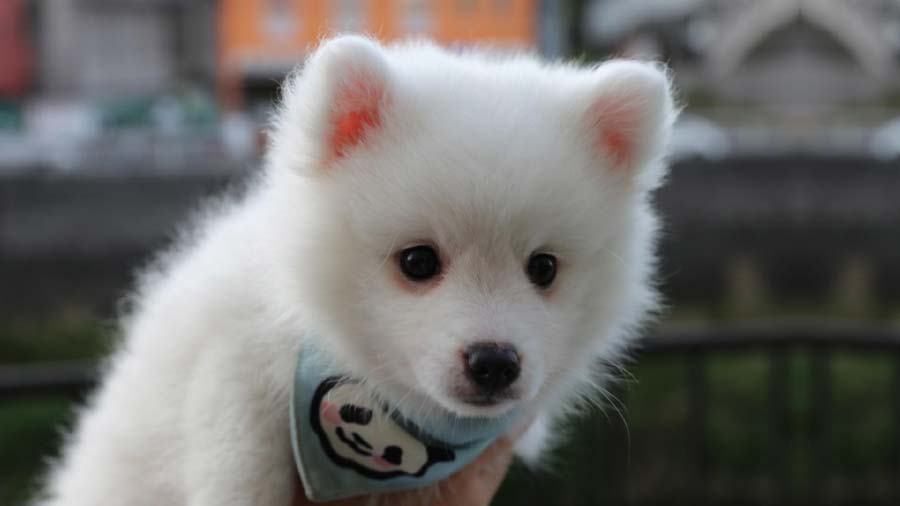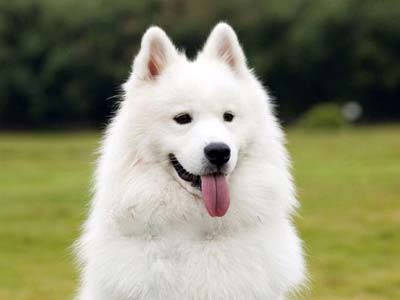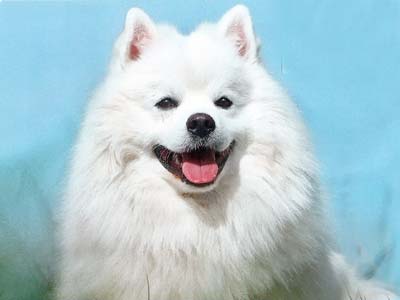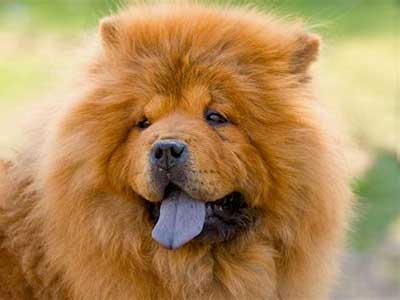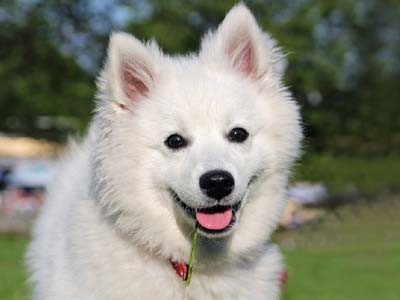Japanese Spitz
Breed Information |
|
|---|---|
| Popularity |
2022: # 2021: # 2020: # 2019: # 2018: # 2017: # 2016: # 2015: # |
| Name | Japanese Spitz |
| Other names | None |
| Origin |  Japan Japan |
| Breed Group | Northern (UKC) |
| Size | Small |
| Type | Purebred |
| Life span | 10-16 years |
| Temperament |
Affectionate Companionable Proud Playful Intelligent Loyal |
| Height | 12-15 inches (30-38 cm) |
| Weight | 11-20 pounds (5-10 kg) |
| Colors | White |
| Litter Size | 1-6 puppies |
| Puppy Prices |
Average $1000 - $2500 USD Japanese Spitz puppies are very rare, it is unlikely you will find one in your local shelter. This, combined with a small litter size of between one and six puppies, means that it can be hard to locate a puppy. Japanese Spitz puppies’ cost between $1,000 and $2,500 USD. |
Breed Characteristics |
|
|---|---|
| Adaptability |
4 stars |
| Apartment Friendly |
4 stars Japanese Spitz can tolerate cold weather but, as it was bred as a companion dog, prefers to live in the house with the warmth of its human family. Though they can live in apartments, they need ample time running around outside off-leash in a safe environment. |
| Barking Tendencies |
5 stars Frequent |
| Cat Friendly |
4 stars |
| Child Friendly |
5 stars Good with Kids: This is a suitable breed for kids and is known to be playful, energetic, and affectionate around them. It is also very friendly toward strangers. |
| Dog Friendly |
4 stars |
| Exercise Needs |
3 stars |
| Grooming |
4 stars The Japanese Spitz should be combed and brushed regularly. This is a very tidy animal that should be bathed only when necessary. When the dog is shedding, use a comb with a double row of metal teeth to remove loose hairs from the under-layer. |
| Health Issues |
3 stars Hypoallergenic: NoThey are a healthy breed with very few genetic problems. The main health concern for Japanese Spitz is the development of Patellar luxation, a condition in which the kneecap dislocates out of its normal position. They can also be prone to runny eyes, which is most commonly due to having tear ducts that are too small, or an allergy to long grass or stress. It is rarely caused by any serious eye defect. Life expectancy is estimated at 10–16 years. |
| Intelligence |
3 stars Ranking: (N/A) Full Ranking List |
| Playfulness |
5 stars |
| Shedding Level |
3 stars Moderate Shedding: Expect this dog to shed regularly. Be prepared to vacuum often. Brushing will reduce shedding as well as make the coat softer and cleaner. |
| Stranger Friendly |
3 stars |
| Trainability |
3 stars Moderately Easy Training: Patience, understanding, and consistency are required in training the Finnish Spitz. |
| Watchdog Ability |
3 stars |
Japanese Spitz Names |
||
|---|---|---|
| Rank | Boy Names | Girl Names |
| 01 | Charlie | Molly |
| 02 | Jack | Bella |
| 03 | Toby | Bailey |
| 04 | Cooper | Chloe |
| 05 | Bentley | Luna |
| 06 | Riley | Cookie |
| 07 | Toby | Roxy |
| 08 | Gus | Layla |
| 09 | Jake | Stella |
| 10 | Riley | Kona |
| 100 Cute Puppy Names › | ||
Overview |
|---|
|
The Japanese Spitz is a small dog, around 33 cm (13 ins) at the withers, with a somewhat square body, deep chest, and a very thick, pure white double coat. The coat consists of an outer coat that stands off from the soft inner coat, with fur shorter on the muzzle and ears as well as the fronts of the forelegs and the hindlegs. A ruff of longer fur is around the dog's neck. It has a pointed muzzle and small, triangular shape prick ears (ears that stand up.) The tail is long, heavily covered with long fur, and is carried curled over and lying on the dog's back. The white coat contrasts with the black pads and nails of the feet, the black nose, and the dark eyes. The large oval (akin to a ginkgo seed) eyes are dark and slightly slanted with white eyelashes, and the nose and lips and eye rims are black. The face of the Japanese Spitz is wedge-shaped. They share a common resemblance with the white Pomeranian dog, Samoyed and American Eskimo Dog. Active, loyal, and bright, the Japanese Spitz are known for their great courage, affection and devotion making them great watchdogs and ideal companions for older people and small children. Most Japanese Spitz are good watch dogs, despite their relatively small size, and they have a tendency to bark to warn of arriving strangers. The Japanese Spitz is first and foremost a companion dog and thrives on human contact and attention, preferring to be a member of the family. They are known as very loyal dogs. They enjoy being active and love to be in the outdoors. They are intelligent, playful, alert, and obedient, and particularly excellent and loving toward children. Unlike many other dogs, the Japanese Spitz will customarily have his or her tail flipped onto its back. In some cases this is thought to be dominant behaviour, but in the Japanese Spitz case this is normal bearing. |
History |
|
The Japanese Spitz is descended from the larger German Spitz dogs that were brought to Japan around 1920 via Siberia and northern China. In 1925, two pairs of white Spitz were imported from Canada, and for the next ten years more imports came from Canada, the U.S., Australia and China. The offspring of all these dogs were crossbred to create the breed that was recognized in 1948 as the Japanese Spitz. |
References
- [1] ^ YouTube: What is so great about the japanese spitz?
- [2] ^ FCI: (NIHON SUPITTSU)(Japanese Spitz) Breed Standard
